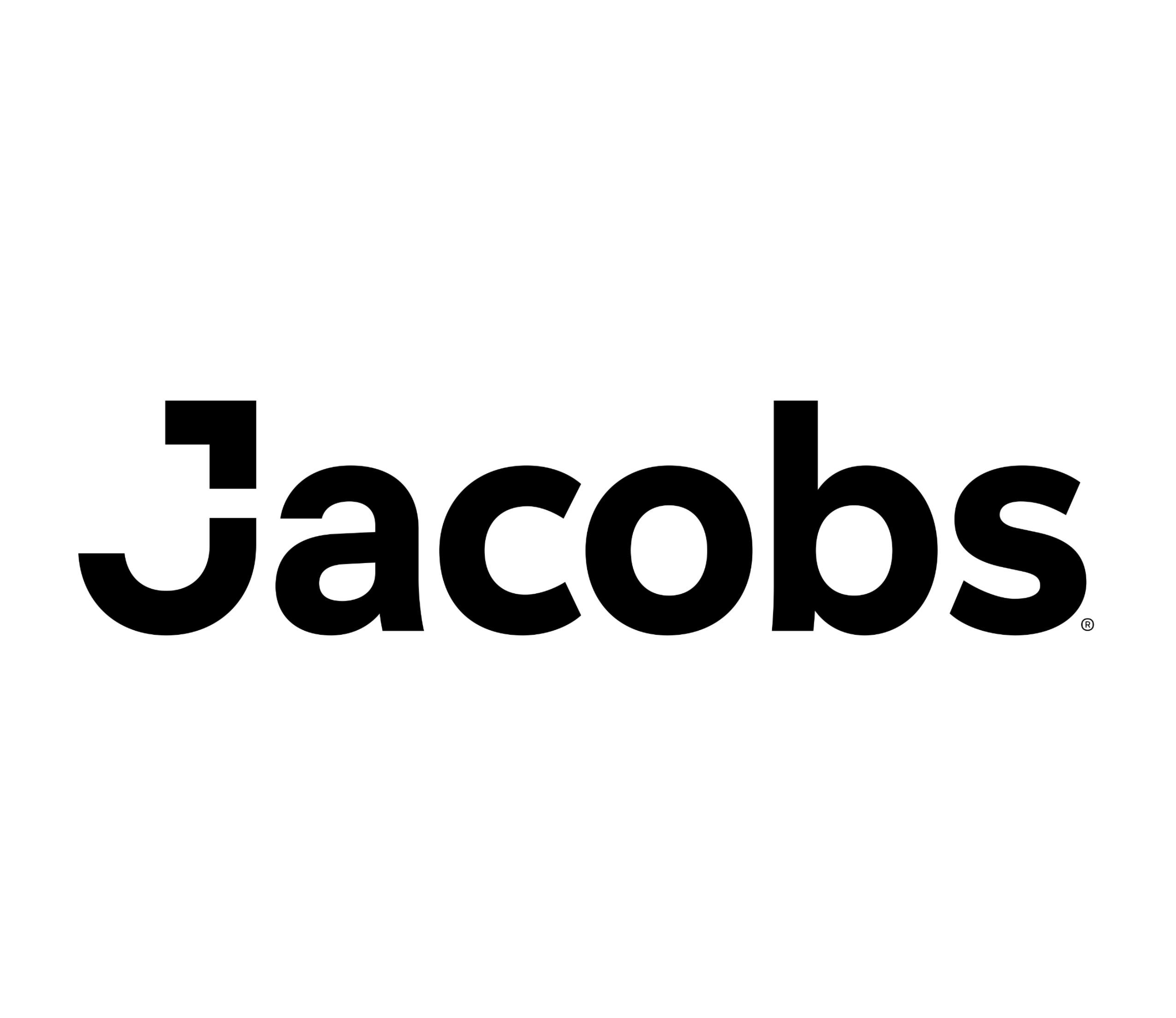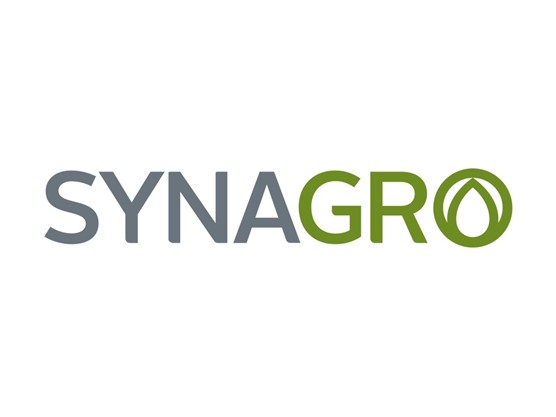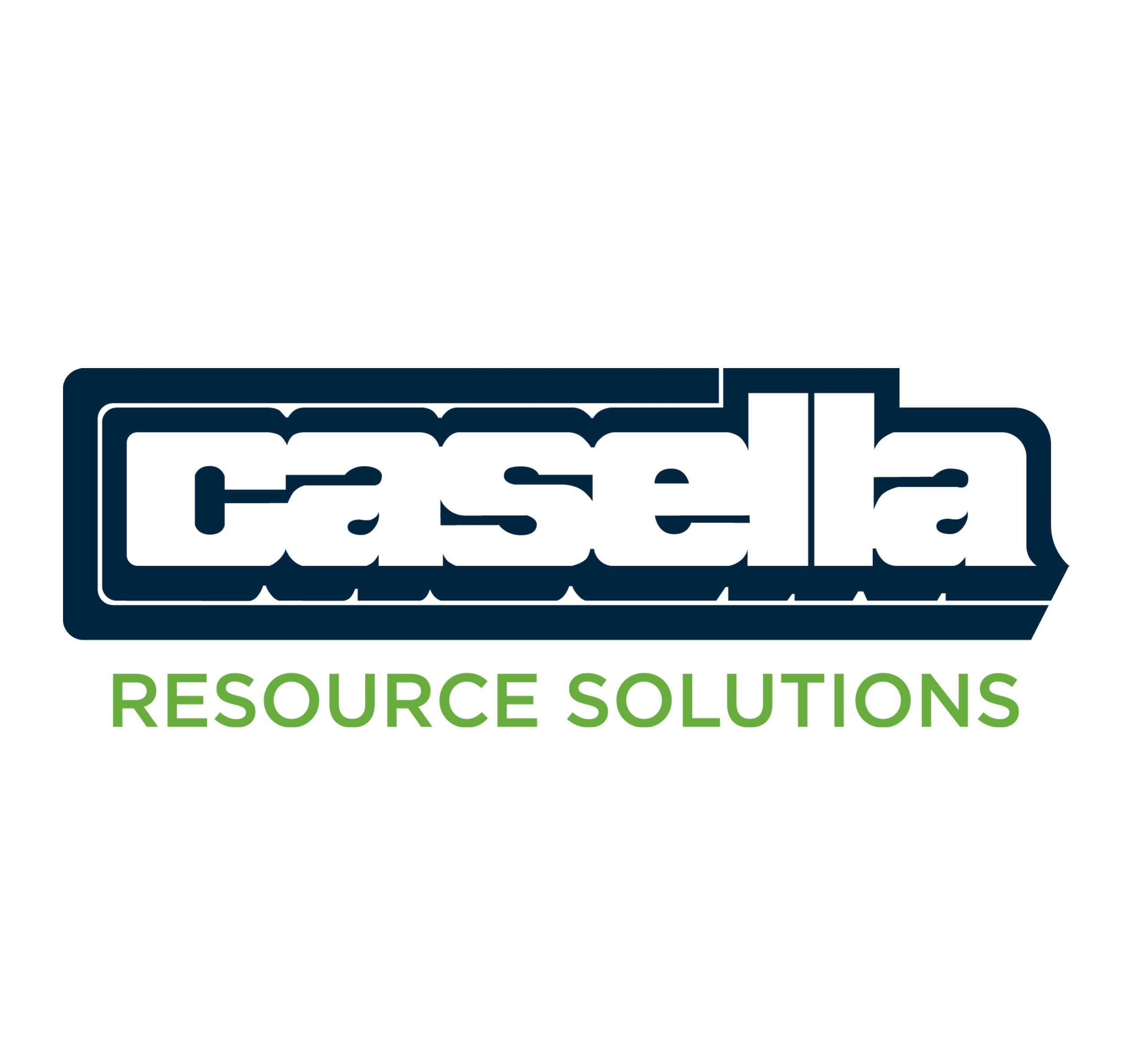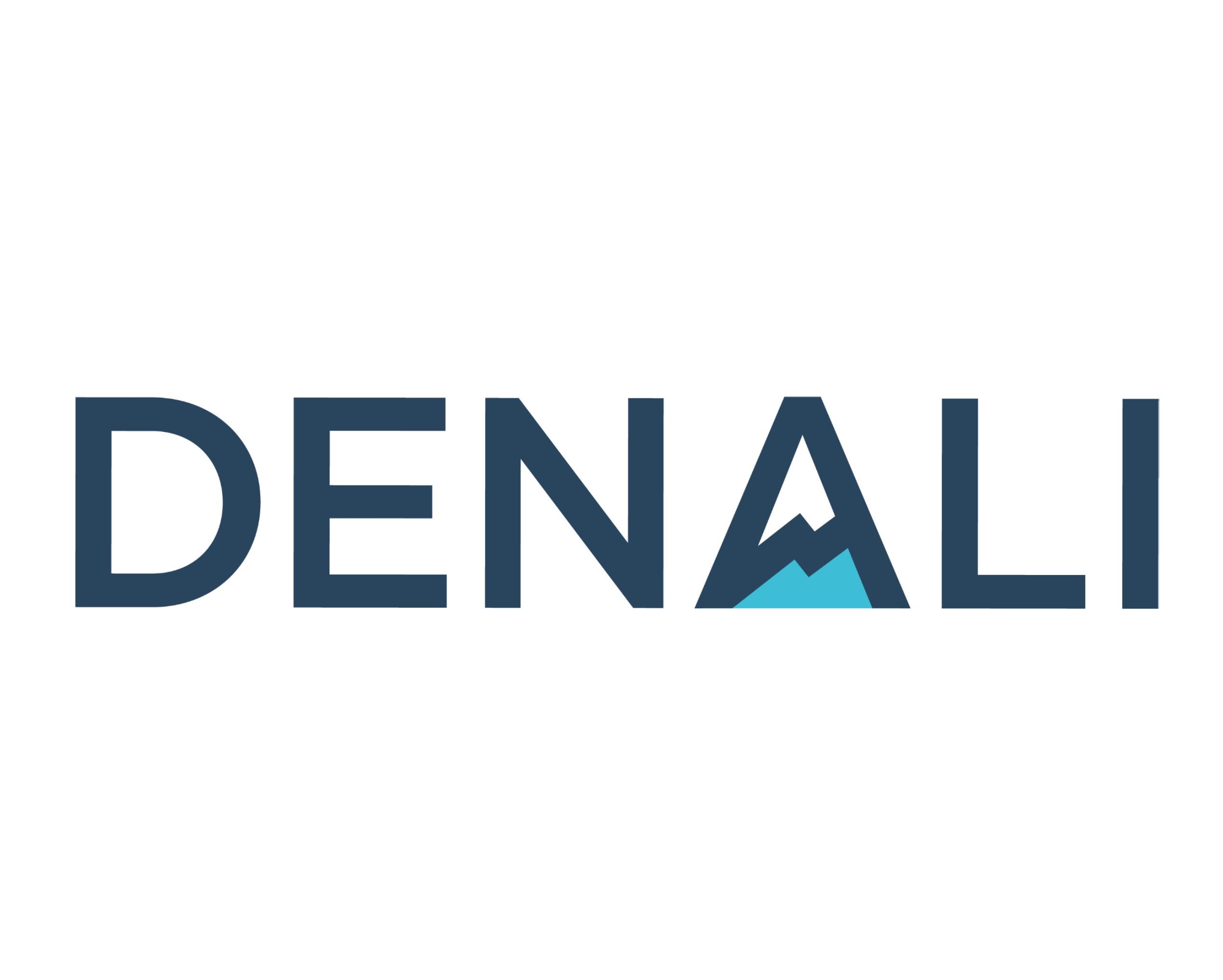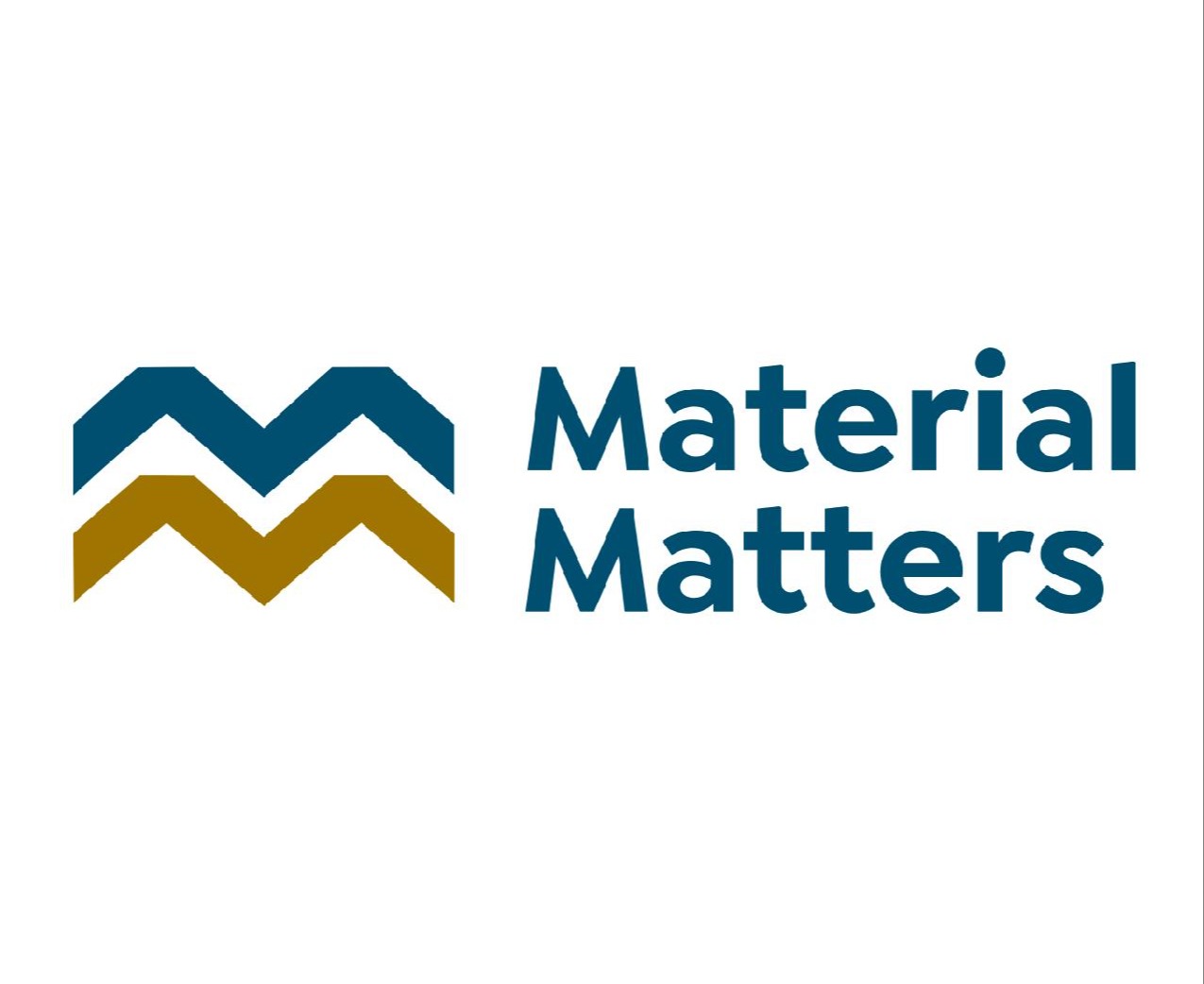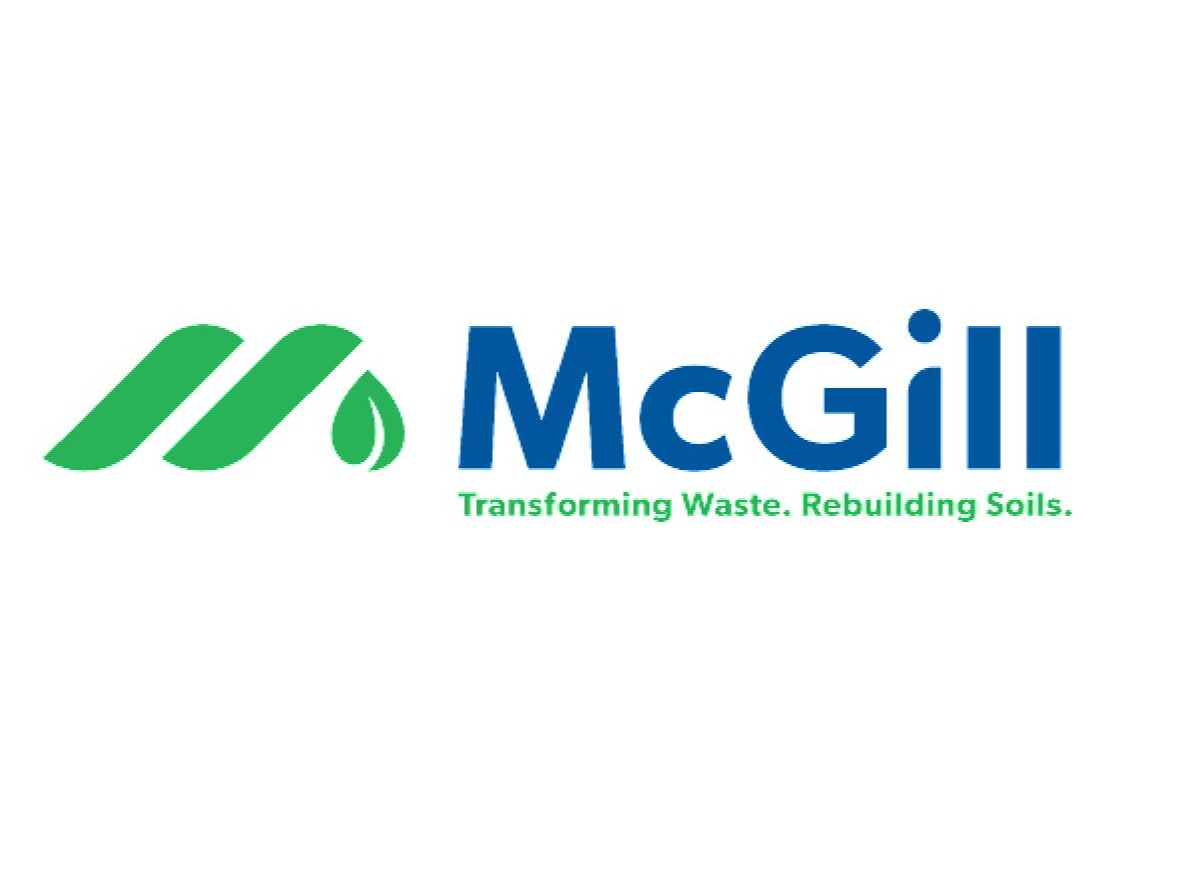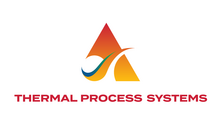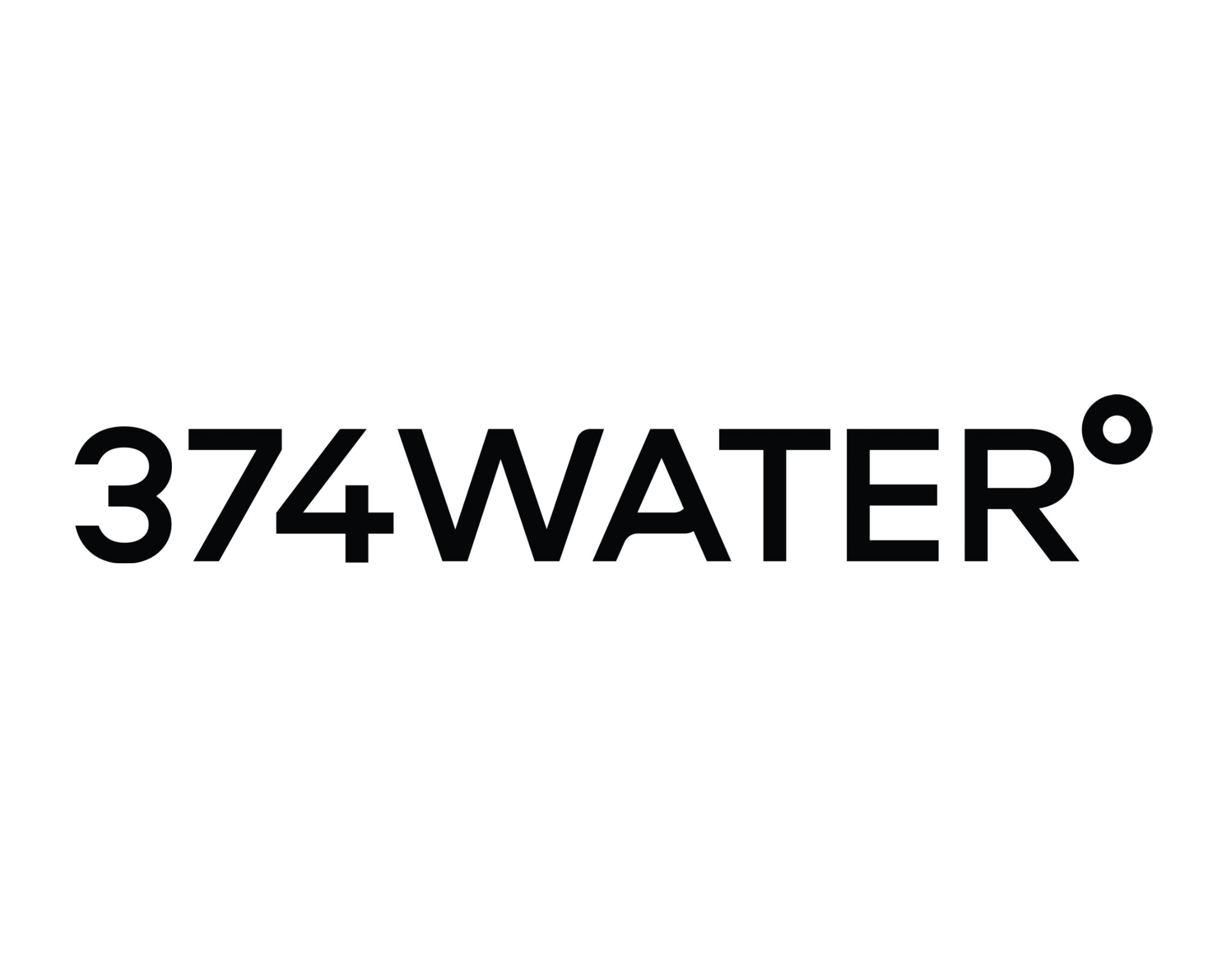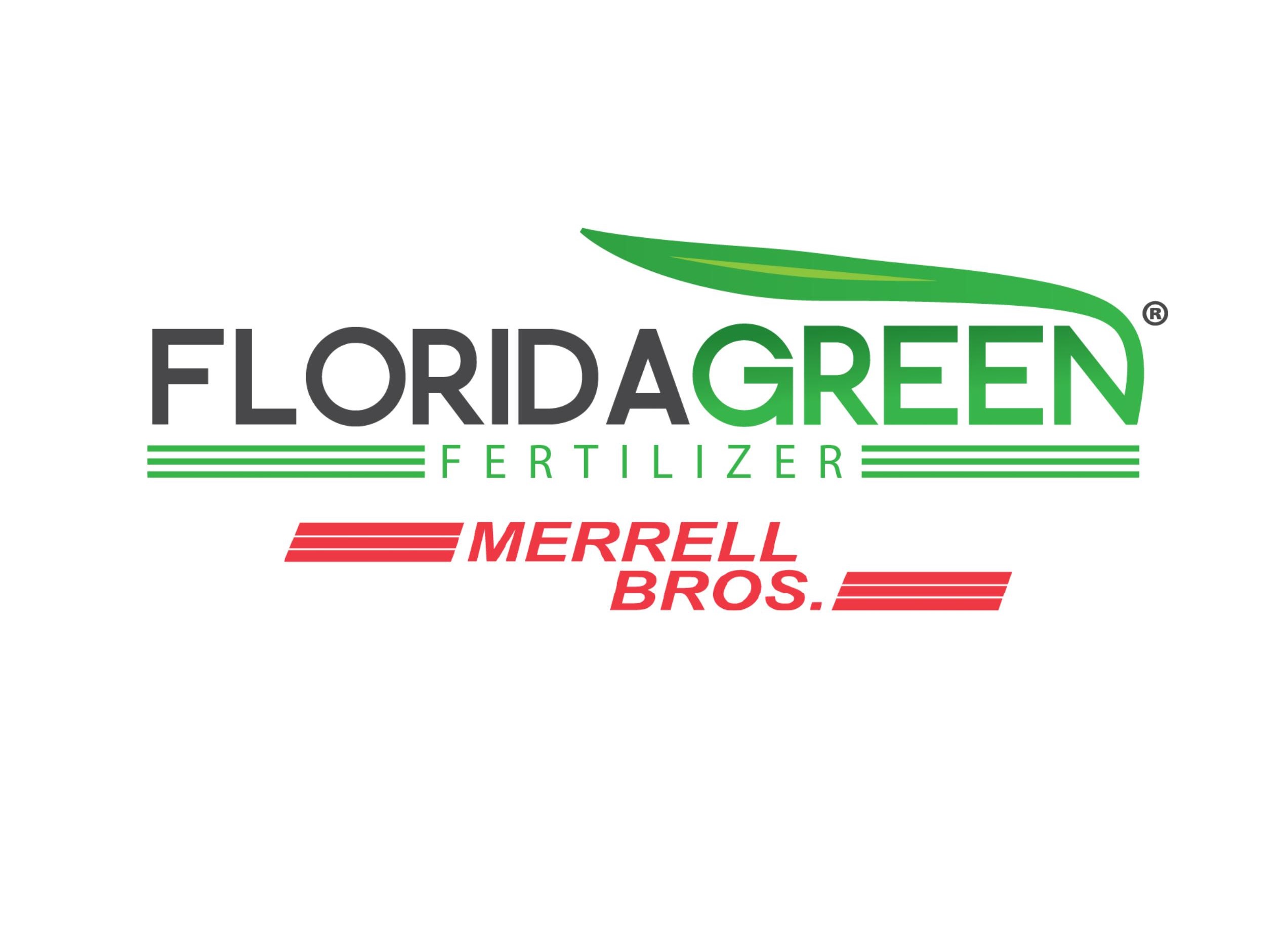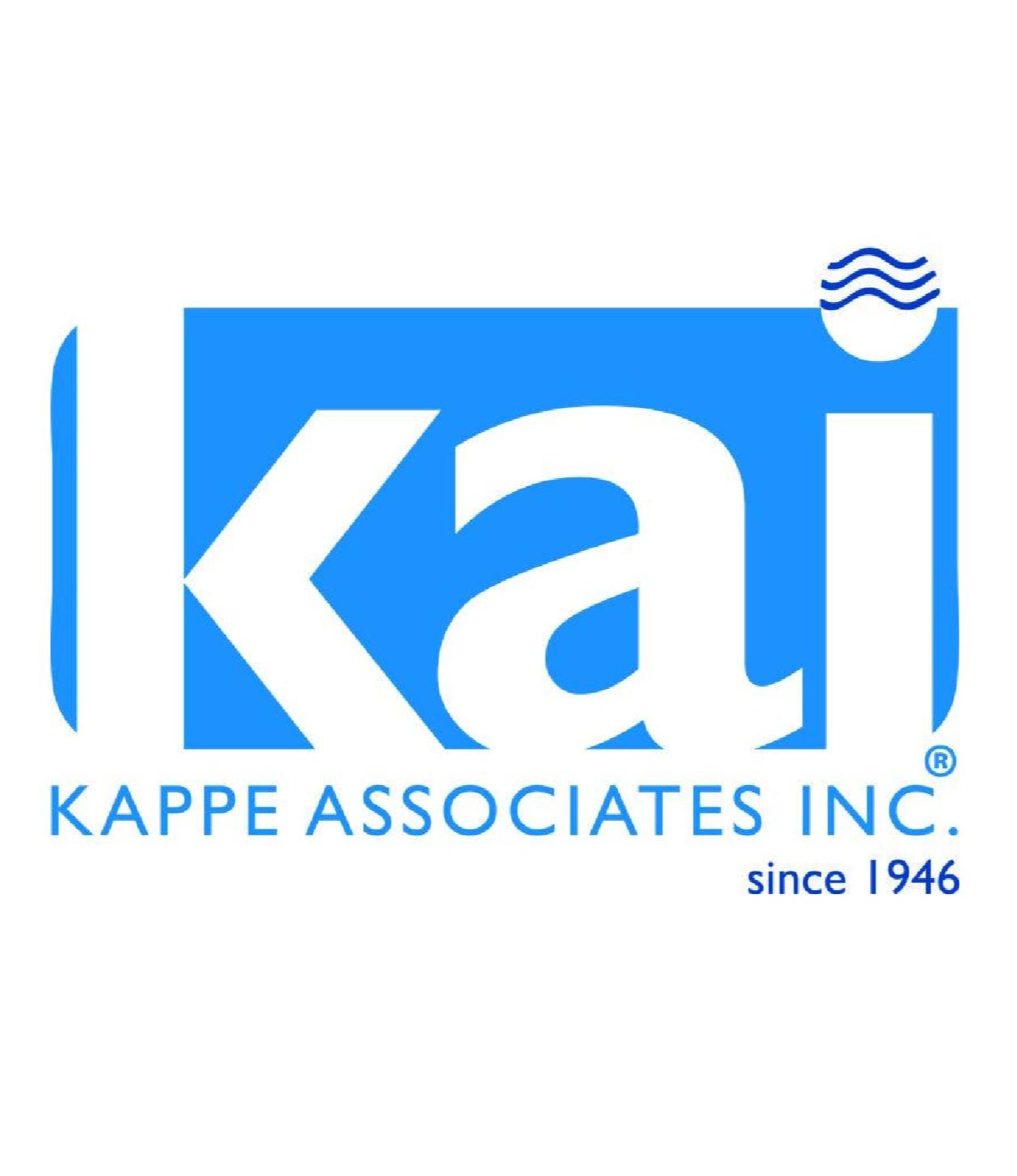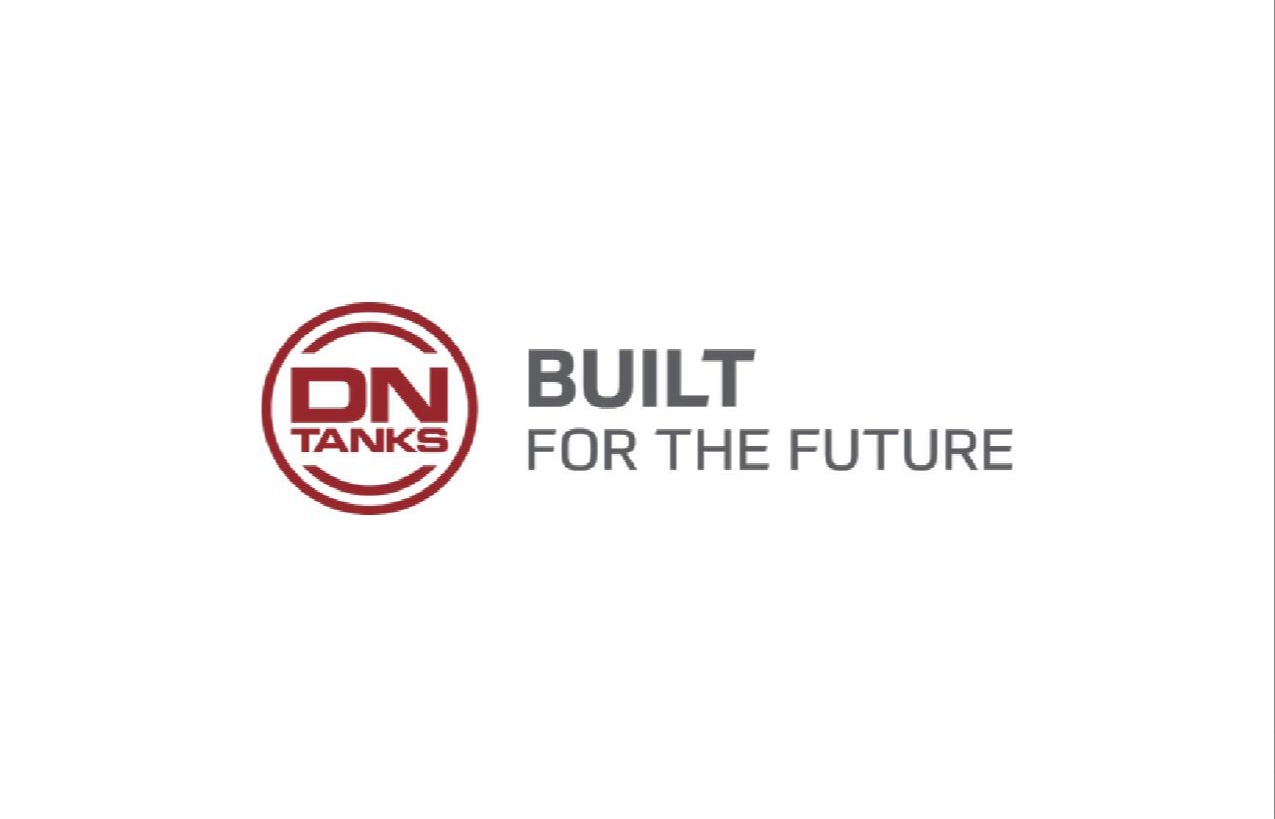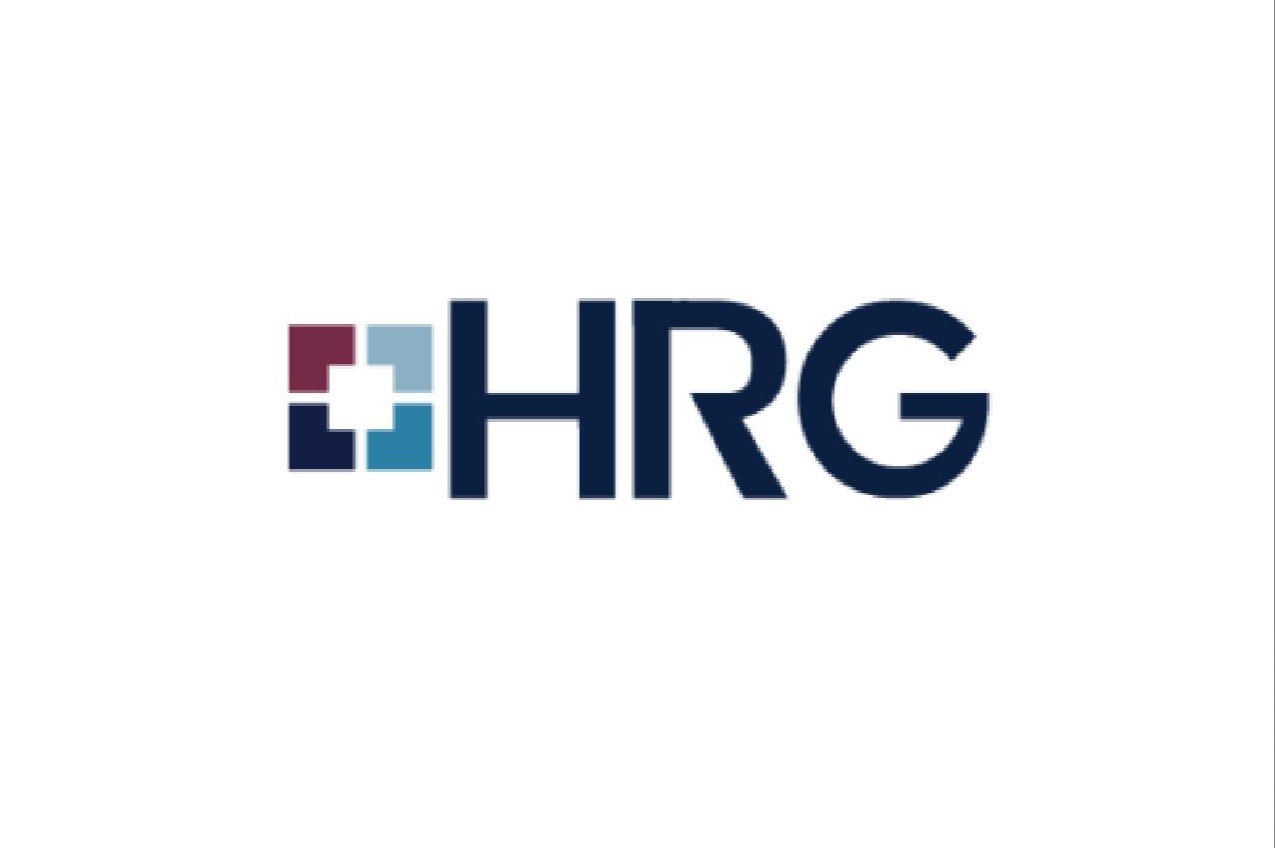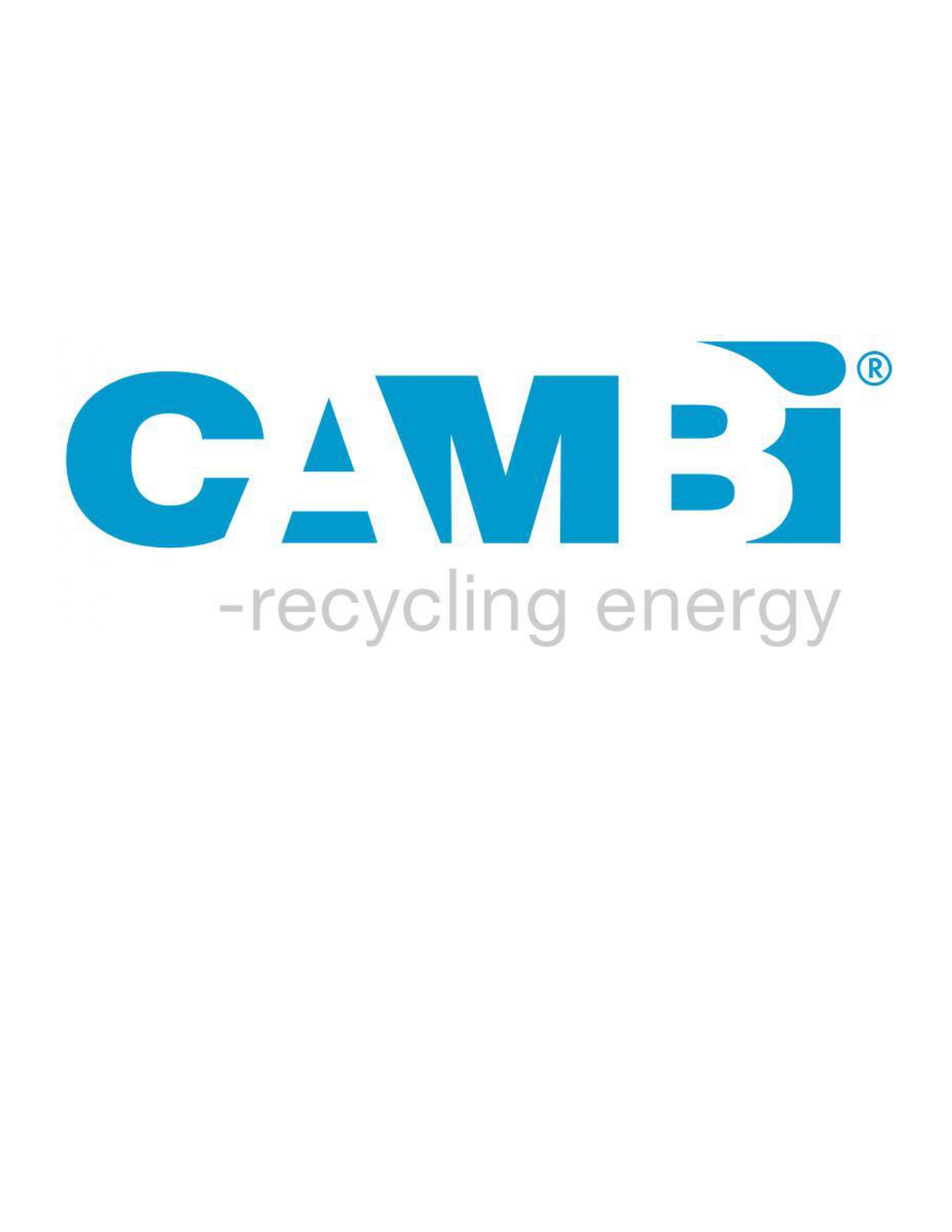- Login
- Home
- MABA
- MABF
- What's New
- Events
- Resources
- Biosolids Advocacy Fund
- Contact Us
Event Calendar
|
MABA Webinar - W-4170 Research and Presentations
Tuesday, November 07, 2023, 1:30 PM - 3:00 PM EDT
Category: Webinar
November 7, 2023 - 1:30 - 3:00 PM ETW-4170 Research and PresentationsThe W4170 Multistate Research Project (MRP) was approved to address continued need for research on contaminant lability and bioavailability in both residual-amended soils and in contaminated soils restored with residuals. Members of W4170 are addressing the need to investigate new ecological endpoints to improve risk assessment to ensure human health and environmental safety. W4170 will also foster research to maximize yields via the use of residuals and reclaimed wastewater. Both offer potential alternatives to current, sometimes environmentally detrimental, agricultural and land restoration practices. The W4170 membership offers the advantage of including institutions and entities (universities, USDA-ARS, US EPA, municipal government utilities) from across the entire US. Such collaboration enables discoveries to account for widespread differences in climate, soils and residual types and sources, whose fate, transport and impact will vary due to these factors. More information on the W4170 MRP can be found here: https://www.nimss.org/projects/view/mrp/outline/18624. COST: Member: $25, Nonmember: $50 - Register by clicking HERE!Moderator: Nick Bonkoski, Veolia Presentation 1: Beneficial Use of Biosolids to Improve Soil Health in Heavy Metal Containing Mine Tailings Historic mining operations can lead to environmental degradation due to waste material exposure to the atmosphere, the subsequent generation of acidity, and the release of heavy metals into the environment. Apparent death of soil, plant, and aquatic life can occur. Reversing environmental issues associated with historic mining operations can be performed via the use of liming agents in combination with biosolids. An alluvial mine tailing site near Leadville, Colorado, once was void of life. Through a combination of lime and biosolids, reclamation began on-site in 1998. We revisited this site several times between the mid 2000s and the late 2010s. Our recent visit aimed to quantify alterations in soil and plant health across the site almost 20 years following biosolids application. Soils collected were analyzed for 11 different soil characteristics that represented soil physical, chemical, nutrient, and biological attributes. After quantification, data was entered into the Soil Management Assessment Framework in order to identify alterations in soil health across the reclaimed area. Bulk plant samples were also collected and analyzed for heavy metal content. The combination of alterations in soil health, and plant health, will be collectively discussed. Presentation 2: Steps to Circularity From a nutrient perspective, a circular economy means capturing and reusing the nitrogen and phosphorus that flow into our systems. Here we track N and P in food scraps and wastewater in Seattle and Tacoma to see how close to full circle we really are. We also consider the role of urban agriculture for using these recaptured nutrients. Presentation 3: Innovative Soil Blend for Remediation of Lead and Protecting Public Health Exposure to soils with legacy contamination, including lead, arsenic and other heavy metals, continues to pose a human health risk to urban populations. We present a novel risk management approach where enhanced soil amendments is used as reactive topsoil to reduce heavy metal contaminant bioavailability and exposure and provide a physical barrier. Reactive topsoil were created from locally available byproducts: biosolids incineration ash, Lake Erie dredge, biosolids compost, and yard waste compost. Soil blends were very effective in reducing potential Pb exposure up to 50%. Topsoil blends can provide a physical barrier and a chemical barrier when applied to vacant urban land. COST: Member: $25, Nonmember: $50 - Register by clicking HERE! |

 Prev Month
Prev Month View Month
View Month Search
Search Go to Month
Go to Month Next Month
Next Month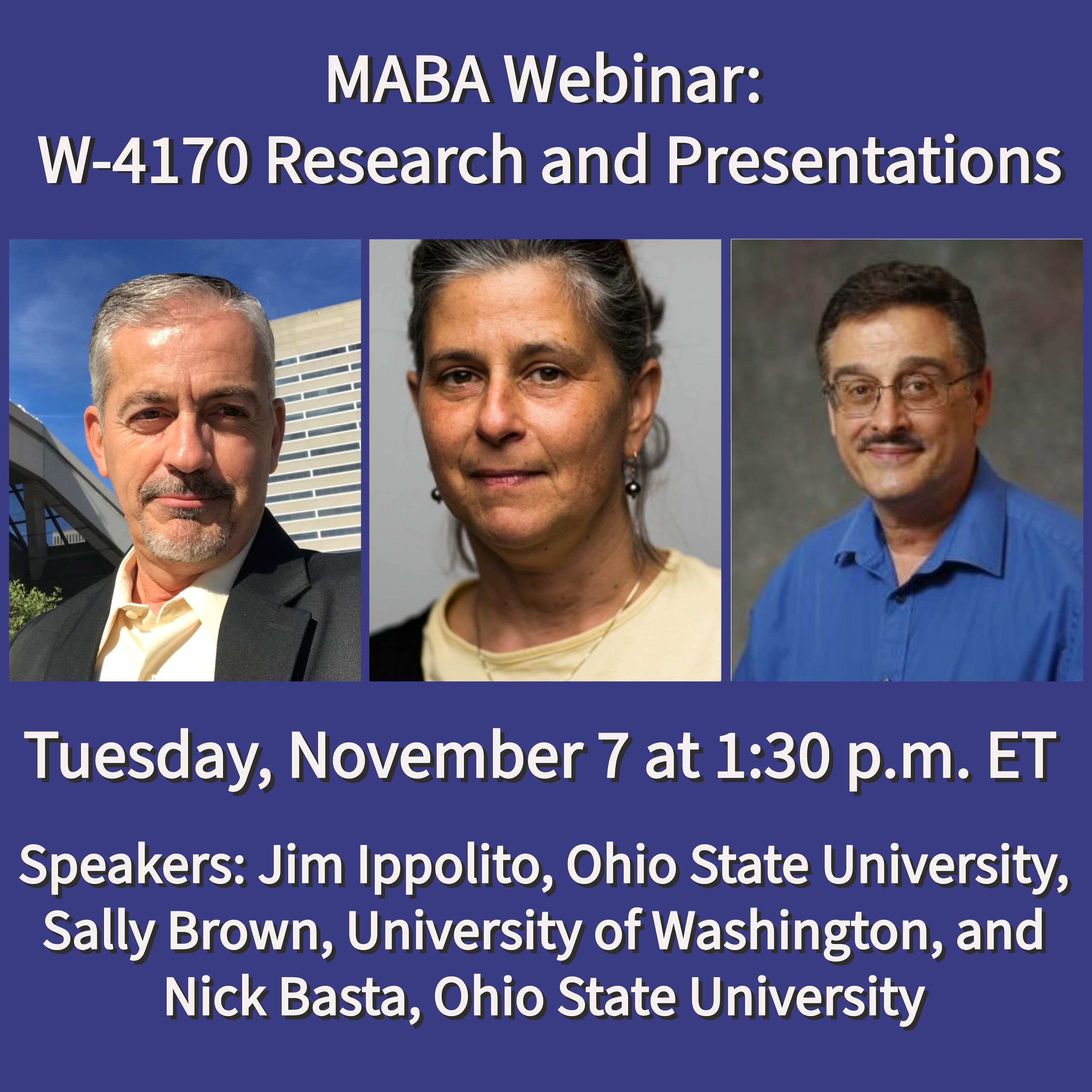
 Export Event
Export Event 